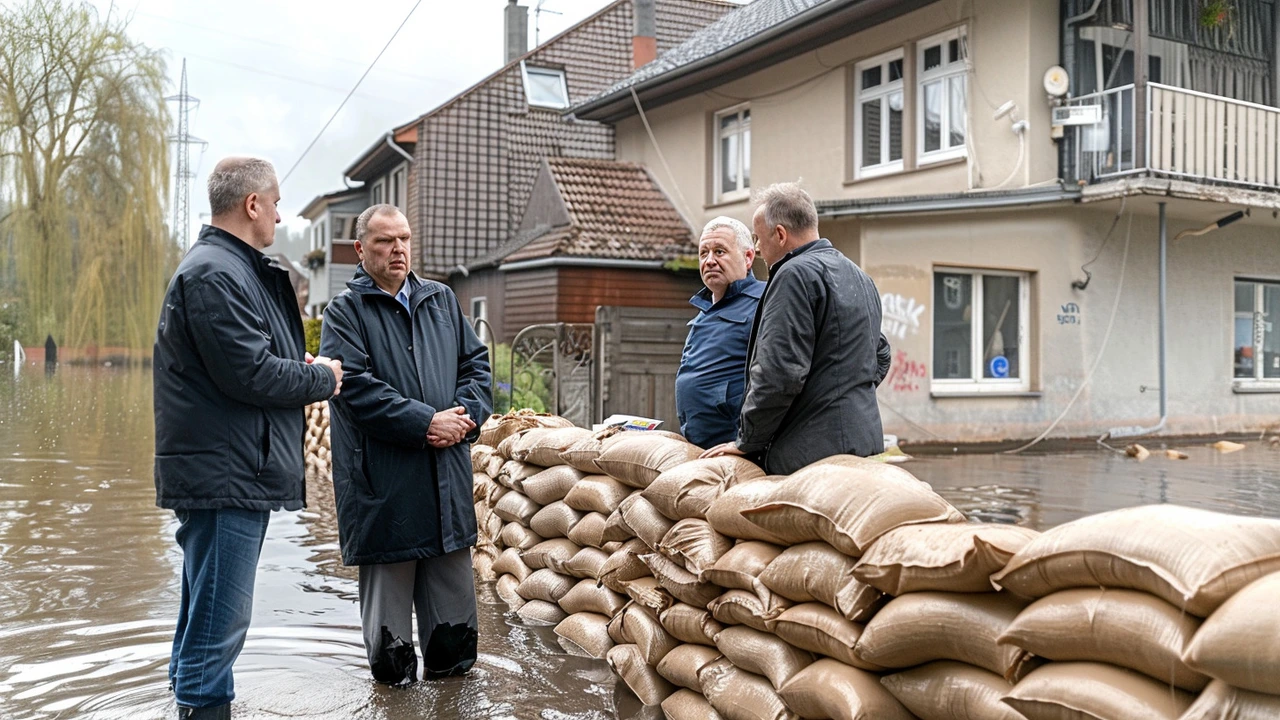Evacuation: What You Need to Know and How to Stay Safe
When a crisis hits – be it fire, flood, or civil unrest – the word evacuation instantly pops up. Most people hope they never need to use it, but having a clear plan can mean the difference between chaos and calm. Below we break down why evacuation matters and give you simple actions you can take right now.
Why Evacuation Matters
Evacuation isn’t just a buzzword; it’s a life‑saving process. Authorities issue evacuation orders when staying put puts you at real risk. Ignoring those warnings can lead to injuries, lost property, or worse. Studies from local fire departments show that neighborhoods with practiced evacuation drills see 30% fewer injuries during actual events. So, treating evacuation seriously saves lives and reduces panic.
Practical Steps for a Smooth Evacuation
1. Make a quick checklist. Write down essentials: ID, cash, meds, chargers, and a few days’ worth of food and water. Keep the list in a portable bag you can grab in under a minute.
2. Know your routes. Identify at least two ways out of your house, block, or town. Mark them on a simple map and share them with family members. Practice the routes when the weather is good – it builds confidence.
3. Set up a communication plan. Choose a meeting point outside the danger zone and decide how you’ll contact each other if phones go dead. A group chat, a nearby friend’s house, or a community center can serve as a rally spot.
4. Secure your home. Turn off gas, electricity, and water if you have time. Close windows and doors to slow down smoke or floodwater. Pack any valuables you can’t leave behind.
5. Follow official instructions. Listen to local radio, TV, or trusted online sources. Evacuation orders often include timing, shelter locations, and routes to avoid.
6. Help vulnerable neighbors. Elderly, disabled, or families with young kids may need an extra hand. A quick check‑in can prevent them from getting left behind.
By keeping these steps in mind, you turn a scary situation into a manageable task. Remember, the goal is to get out safely and be ready to return when it’s clear.
Finally, after you’ve evacuated, stay in touch with authorities for updates. Don’t rush back until they say it’s safe. Use the waiting time to review what went well and what can improve for next time. A short debrief can tighten future plans and keep everyone more prepared.
Evacuation isn’t about living in fear; it’s about staying prepared. A few minutes of planning now can save hours of stress later. Keep your checklist handy, know your routes, and stay alert to official alerts – you’ll be ready when the unexpected strikes.

4
Jun
Mass evacuations are underway in western Germany due to severe floods caused by heavy rainfall, leaving 12 dead and widespread destruction. Chancellor Olaf Scholz visited the ravaged regions to offer condolences and oversee relief operations. The German military plays a crucial role in the rescue efforts as submerged villages in North Rhine-Westphalia and Rhineland-Palatinate struggle with the disaster's aftermath.
Read More
